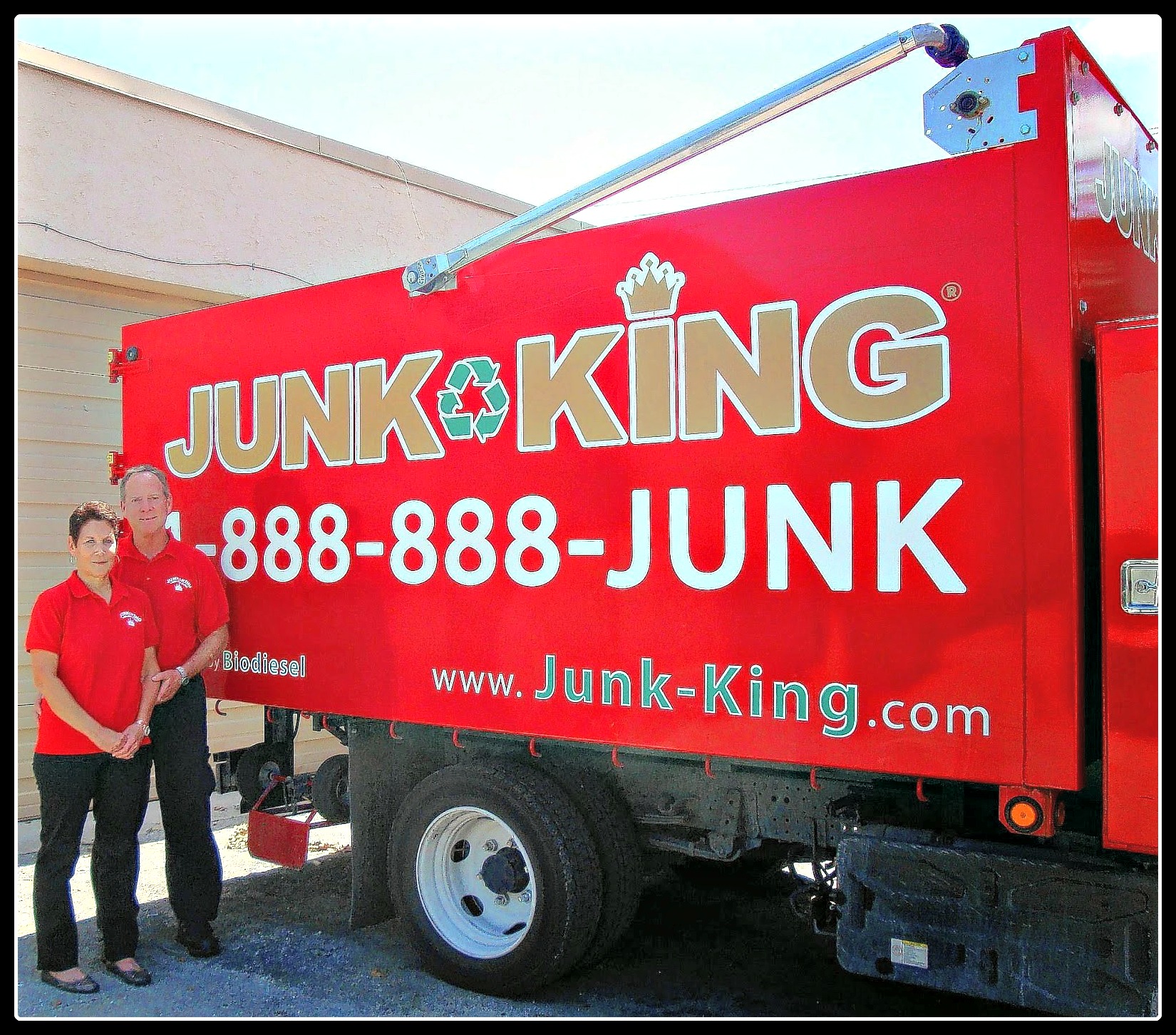Discovering The Right Dumpster Size For Your Project: A Comprehensive Guide
Discovering The Right Dumpster Size For Your Project: A Comprehensive Guide
Blog Article
Post Produced By-Romero Fisher
When embarking on a project that calls for a dumpster, the size you pick can significantly influence its performance and cost-effectiveness. Visualize having the ideal container that accommodates all your waste without being excessively large or as well small. All of it starts with recognizing the subtleties of your project and picking a dumpster size that straightens with your specific needs. So, before you make a decision, think about the aspects at play to ensure a seamless waste management process throughout.
Variables to Consider
When selecting the right dumpster size, there are a number of essential variables to take into consideration.
Initially, think of the type of waste you'll be throwing away. Different materials may call for differing quantities of area, so understanding what you'll be placing in the dumpster is vital.
Next off, examine the quantity of waste you anticipate to produce. If you undervalue the quantity, you might require to make multiple trips to take care of everything, which can be troublesome and pricey. On the other hand, renting out a dumpster that's too big can cause unneeded expenses.
Additionally, take into Suggested Looking at where the dumpster will certainly be put. Make sure there suffices room for the dumpster to be provided and picked up with no obstructions.
Last but not least, consider any kind of weight restrictions that might use. Exceeding the weight limitation can result in added charges or perhaps the rejection of service.
Dumpster Size Choices
For selecting the appropriate dumpster dimension, it's vital to have a good understanding of the readily available choices. Dumpster dimensions usually range from 10 to 40 cubic lawns, with variants in between.
A 10-yard dumpster is suitable for small tasks like a garage cleanout or a little remodelling. If you're dealing with a medium-sized project such as a cooking area remodel or a cellar cleanout, a 20-yard dumpster could be the right option.
For bigger tasks like a whole-house remodelling or business construction, a 30 or 40-yard dumpster could be more suitable to suit the quantity of waste created.
When deciding on a dumpster dimension, think about the amount and kind of debris you expect to dispose of. It's much better to select a somewhat bigger size if you're uncertain to prevent overfilling. Bear in mind, it's more economical to rent a dumpster that fits your demands as opposed to having to get an extra one.
Matching Dimension to Job
Efficiently matching the dumpster dimension to your task is important for reliable waste monitoring. To establish the appropriate size, take into consideration the extent and nature of your project.
For little house cleanouts or restorations, a 10-yard dumpster might suffice. These are generally 12 feet long and can hold around 4 pickup truck lots of waste.
For larger jobs like renovating several areas or clearing out a big estate, a 20-yard dumpster could be more suitable. These are around 22 feet long and can hold roughly 8 pickup loads.
If you're tackling a major construction project or commercial restoration, a 30-yard dumpster could be the very best fit. Read More In this article are about 22 feet long and can suit regarding 12 pickup lots of debris.
Matching the dumpster dimension to your task ensures you have enough space for all waste products without paying too much for unused capacity.
Conclusion
Finally, selecting the right dumpster dimension for your project is essential for efficient waste disposal. By considering elements like the kind and amount of waste, area accessibility, weight constraints, and budget constraints, you can ensure you have the suitable dimension dumpster for your needs. Ensure to match the size of the dumpster to the scope and nature of your project to avoid overspending on unneeded costs.
